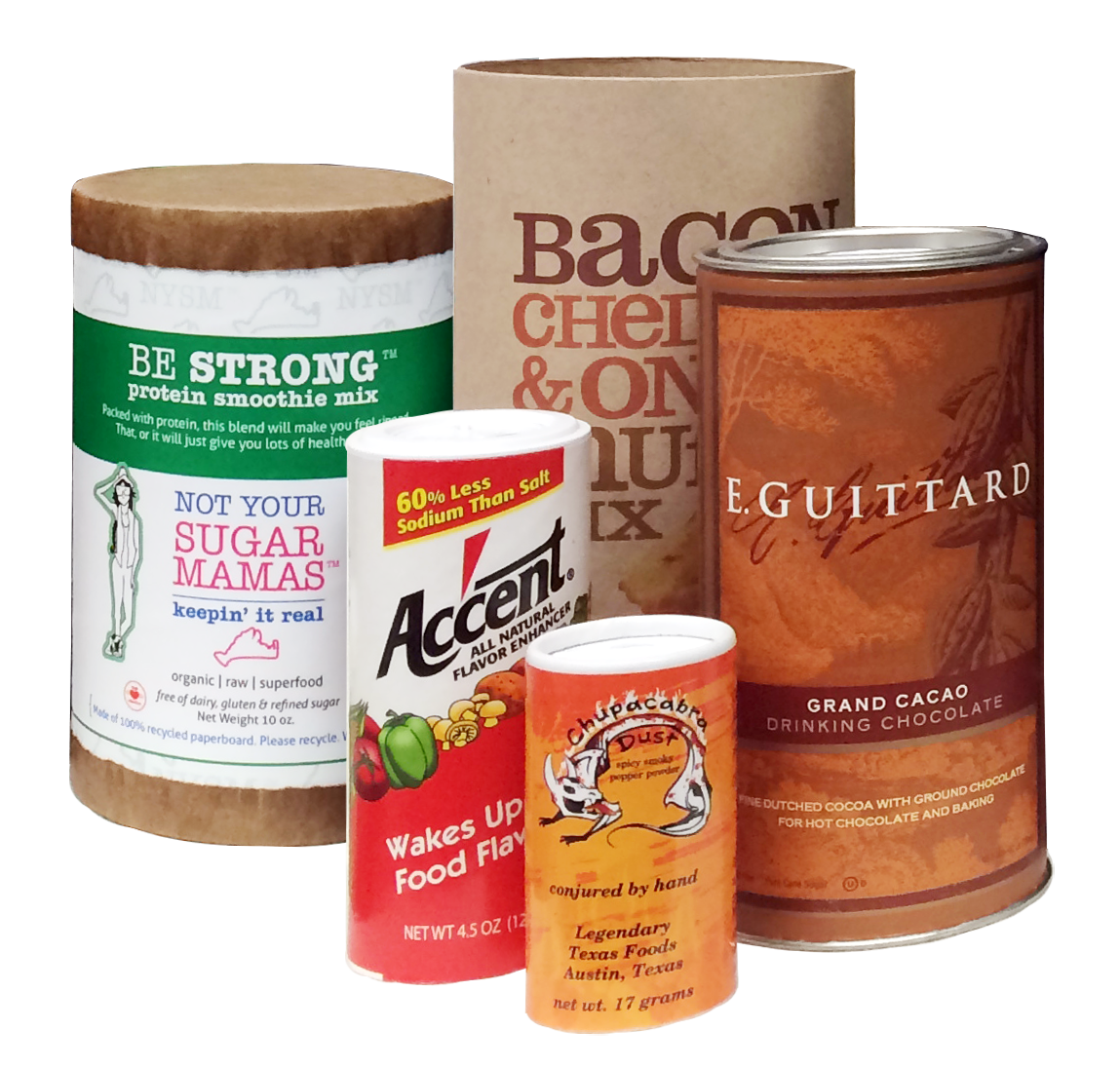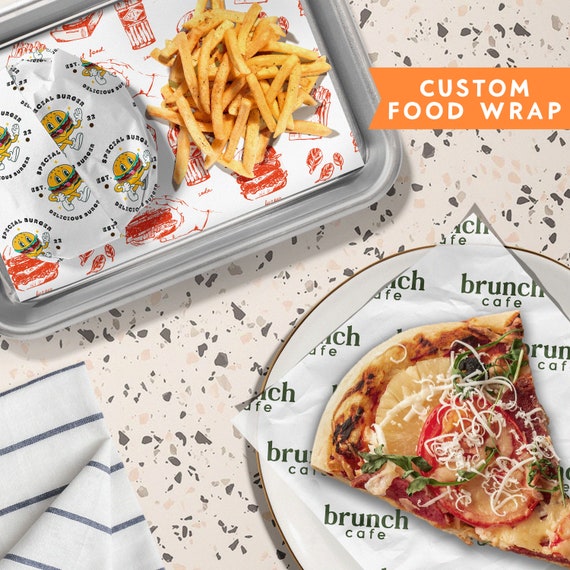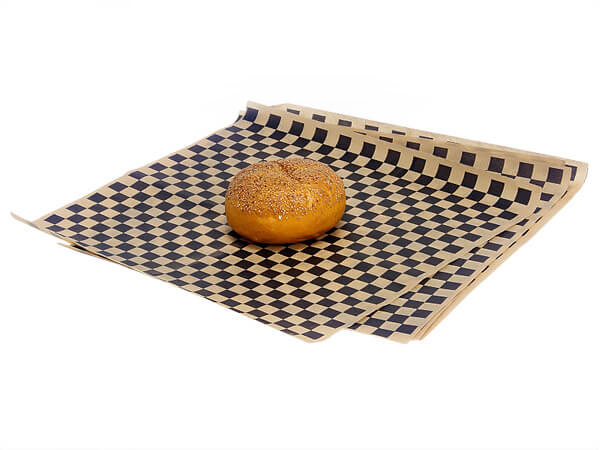Is Food-Safe Paper Packaging Eco-Friendly?
Food-Safe Paper Packaging: A Comprehensive Guide
In today's world, where sustainability and food safety are of utmost importance, food-safe paper packaging has gained significant popularity. It offers numerous benefits over other materials, contributes to sustainability efforts, and ensures the safety and freshness of food items. In this comprehensive guide, we will delve into the advantages, types, and regulations surrounding food-safe paper packaging.
Section 1: Benefits of Food-Safe Paper Packaging
Food-safe paper packaging has several advantages that make it a preferred choice for businesses and consumers alike.
Firstly, food-safe paper packaging is eco-friendly and contributes to sustainability efforts. It is made from renewable resources and can be easily recycled or composted, reducing the impact on the environment. Choosing food-safe paper packaging helps to minimize the use of plastic and other non-biodegradable materials, aligning with the global push for sustainable packaging solutions.
Secondly, food-safe paper packaging enhances the safety and freshness of food items. Unlike conventional packaging materials, food-safe paper is free from harmful chemicals that can contaminate food. It provides a natural barrier against moisture, grease, and odors, keeping the contents fresh and preserving their flavors. Additionally, food-safe paper is customizable, allowing businesses to brand their packaging and build customer trust.
Section 2: Types of Food-Safe Paper Packaging
There are various types of food-safe paper packaging available in the market to suit different needs and preferences.
One popular option is FSC-certified paper packaging. FSC certification ensures that the paper used has been responsibly sourced from sustainably managed forests. FSC-certified paper packaging helps businesses demonstrate their commitment to environmental stewardship and meet the increasing demand for sustainable packaging solutions.
Another type of food-safe paper packaging is compostable packaging. Compostable materials, such as biodegradable films and laminates, break down into organic matter when disposed of in commercial composting facilities. This type of packaging minimizes waste and contributes to the circular economy.
Food-safe tissue paper and transparent paper packaging are also commonly used for various food items. Food-safe tissue paper is ideal for delicatessen wraps, basket liners, bakery tissue, and other food service applications. Transparent paper, on the other hand, offers an eco-friendly alternative to plastic bags, windows, or wrappers. Its various transparency levels provide businesses with options for showcasing their products while maintaining food safety.
Section 3: Regulations and Standards for Food-Safe Paper Packaging
To ensure the safety and quality of food products, there are regulations and standards in place that govern the use of food-safe paper packaging.
Regulatory bodies, such as the Food and Drug Administration (FDA) in the United States, set guidelines for the safe use of packaging materials in contact with food. It is crucial for businesses to stay compliant with these regulations to protect consumers and maintain their reputation.
To comply with food safety regulations, businesses should prioritize the quality and safety of their chosen food-safe paper packaging materials. This includes selecting reputable suppliers who provide certified and tested products. It is also essential to properly train employees on handling and storing food-safe paper packaging to prevent contamination.
By prioritizing compliance with regulations and maintaining high-quality standards, businesses can ensure that their food-safe paper packaging adheres to safety guidelines and meets consumer expectations.
In conclusion, food-safe paper packaging offers numerous benefits over other materials, making it a popular choice in the packaging industry. Its eco-friendly nature, contribution to sustainability efforts, and ability to enhance food safety and freshness make it a preferred option for businesses and consumers alike. By understanding the various types of food-safe paper packaging and staying compliant with regulations, businesses can confidently choose the right packaging solution for their products while prioritizing safety and sustainability.
Table 1: Comparison of Food-Safe Paper Packaging Types
| Type | Advantages |
|---|---|
| FSC-certified paper | Responsibly sourced, demonstrates environmental commitment |
| Compostable packaging | Breaks down into organic matter, contributes to circular economy |
| Food-safe tissue paper | Ideal for delicatessen wraps, basket liners, bakery tissue |
| Transparent paper packaging | Eco-friendly alternative to plastic bags, windows, or wrappers |
Table 2: Key Regulations for Food-Safe Paper Packaging
| Regulatory Body | Key Guidelines |
|---|---|
| Food and Drug Administration (FDA) | Sets guidelines for the safe use of packaging materials in contact with food |
By following these regulations and choosing the right food-safe paper packaging materials, businesses can ensure the safety and quality of their food products.
FAQs about Food-Safe Paper Packaging
Q: What are the benefits of using food-safe paper packaging?
A: For businesses and consumers alike, food-safe paper packaging offers numerous advantages in terms of sustainability, safety, and freshness.
Q: What types of food-safe paper packaging are available in the market?
A: Businesses have various options such as FSC-certified paper packaging, compostable packaging, food-safe tissue paper, and transparent paper packaging to suit different needs and preferences.
Q: Are there regulations and standards for food-safe paper packaging?
A: Regulatory bodies like the FDA have set guidelines to ensure the safety and quality of food products, emphasizing the importance of compliance and quality in choosing food-safe paper packaging materials.
Q: How can businesses ensure compliance and quality when using food-safe paper packaging?
A: By working with reputable suppliers, training employees on proper handling and storage, and prioritizing consumer safety, businesses can ensure that their food-safe paper packaging meets safety guidelines and expectations.
In conclusion, food-safe paper packaging offers numerous benefits, from enhancing food freshness to supporting sustainability. Understanding the types of packaging available, including FSC-certified and compostable options, is crucial. Adhering to regulations ensures the safety and quality of food products. Choosing the right packaging materials is paramount to maintaining standards. When opting for food-safe paper packaging, prioritize safety, quality, and sustainability for a successful and responsible packaging solution.





